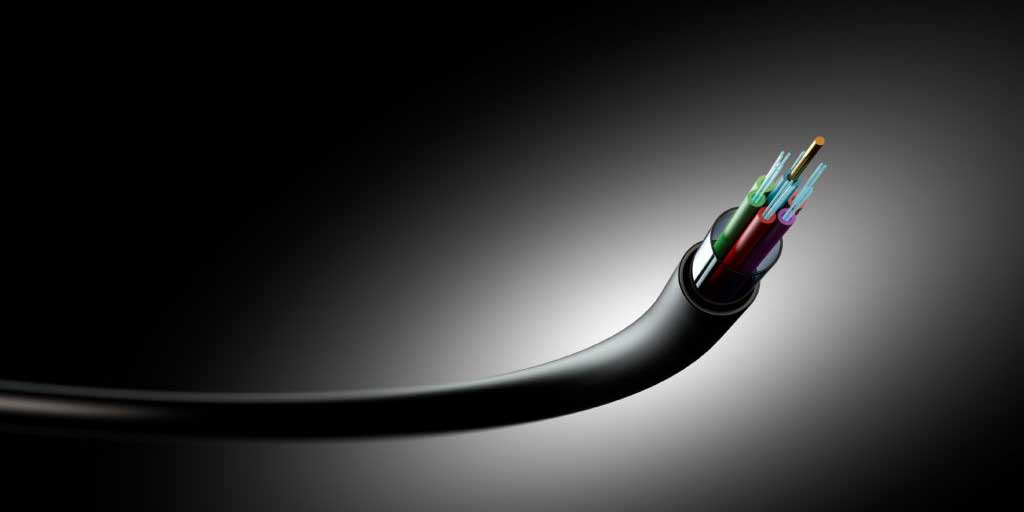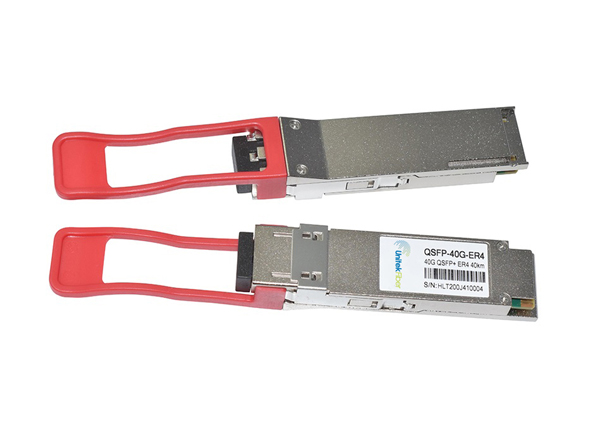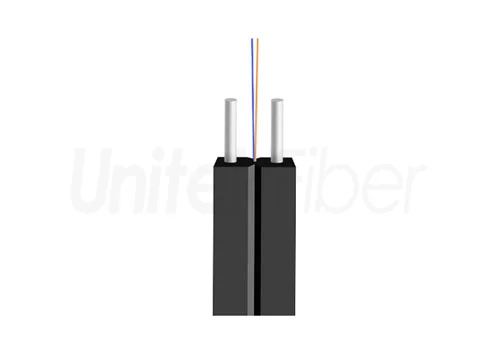
Dark fiber cable is an unused optical fiber cable that can be used for optical fiber communication. Dark fiber cable originally referred to the potential network capacity of telecommunications infrastructure. dark fiber cable can be leased from an Internet service provider.

Nowadays, the price of optical fiber cable is very low, but the cost of laying optical fiber cable is still very high. So, once the trenches have been dug to lay the fiber optic ducts, the cost of installing additional fiber optic cables is very low. During the telecommunications boom of the late 1990s and early 2000s, the United States installed a lot of redundant fiber optics. After the dot-com crash, this excess capacity became known as "dark fiber cable." These unused dark optical fibers are in contrast to conventional communication optical cables, and dark optical fibers provide opportunities for private customization services.
The major cost of installing fiber optic cables is in the civil engineering work required. This includes planning and cabling, obtaining permits, creating conduits for fiber optic cables, channels and finally installation and connection. For example, in the installation of Amsterdam's citywide fiber optic network, about 80% of the cost is labor and only 10% is fiber optics.
From this point of view, since the planning and installation costs are so high, it makes sense to deploy more fiber at one time, to expand in the future and provide network redundancy in the event of communication failure. Some owners of fiber optic networks, such as railroads and power companies, use more fiber and lease it to other operators.
This kind of "unplanned" is often an afterthought to see the disadvantages. It's all based on the operator's (or investor's) ideal forecast for the future - data services will continue to grow exponentially. However, with the emergence of wavelength division multiplexing, the capacity of a single optical fiber has increased by nearly a hundred times, which greatly reduces the demand for optical fibers.
Demand for fiber optics suddenly dwindled, and as a result, prices collapsed and many companies filed for bankruptcy.
Similar to “railway mania,” where misfortune in one market becomes opportunity in another, this overcapacity creates new telecom opportunities. For years, operators would not sell dark fiber cable to end users because they believed that selling access to this core asset would cannibalize other services.



